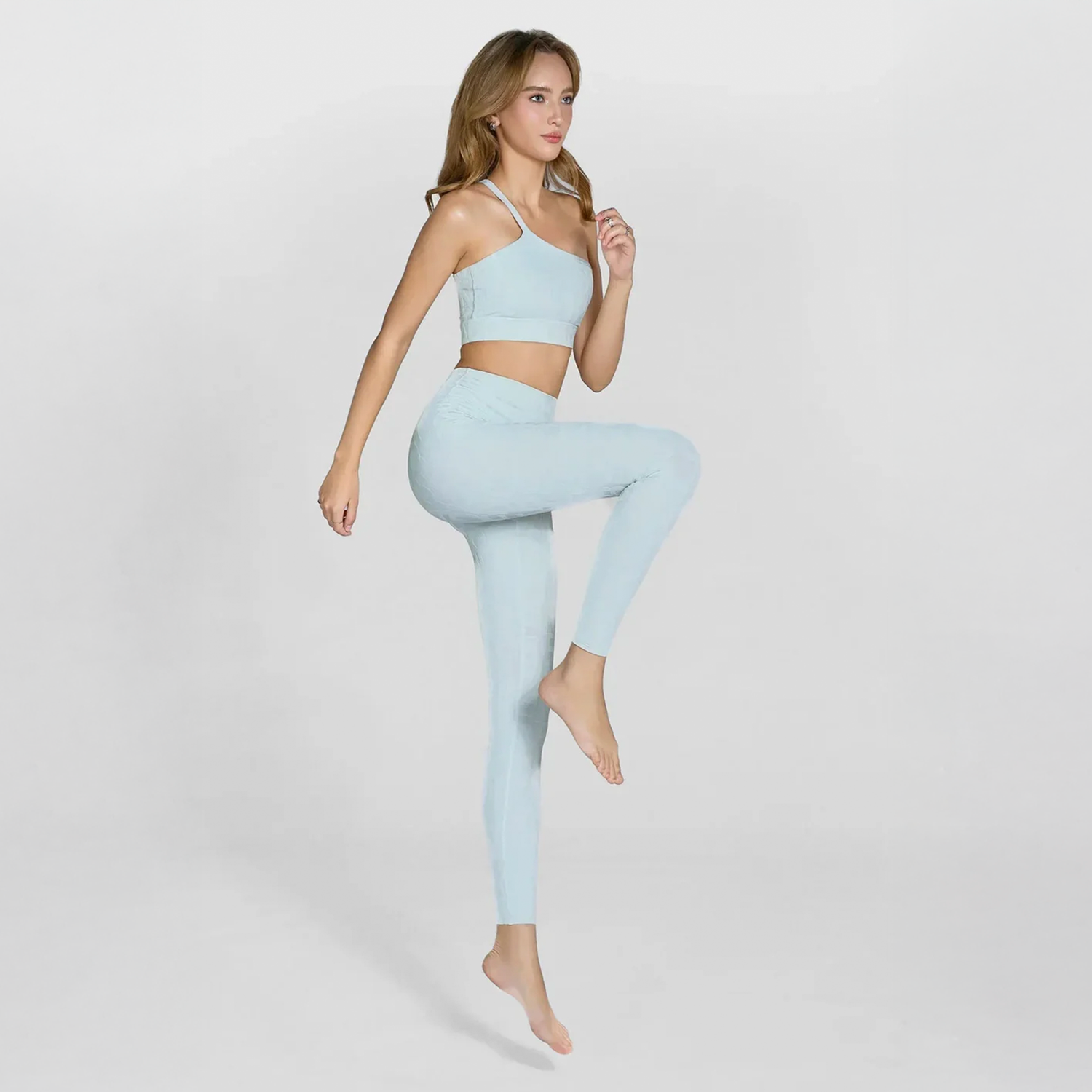Are you tired of the same repetitive workouts? Looking for a method that’s both exciting and challenging to upgrade your health and physique? Hot Yoga might just be the answer! Not only will it make you sweat and burn calories, but it also helps detoxify the body, refresh the mind, and put a radiant smile on your face. Still wondering what Hot Yoga is and why it’s creating such a buzz? Keep reading to discover its incredible benefits and why you should try it today.
What is Hot Yoga?
In recent years, Hot Yoga has quickly become a well-loved trend, especially in big cities and developed areas with an active young crowd. Hot yoga studios are popping up everywhere, attracting those seeking a fresh and challenging workout experience.
Essentially, Hot Yoga shares many similarities with traditional yoga. The biggest difference lies in the room temperature — typically kept between 85–100°F (29–38°C), sometimes even hotter. This heat encourages more intense sweating, promotes detoxification, and enhances muscle flexibility.
The practice originated in the 1970s, created by instructor Bikram Choudhury in Japan. Inspired by the steam rooms that his students often visited during lunch breaks, he experimented with adding heaters to the studio. The result? Students became more focused, and their endurance and flexibility improved significantly. From there, this high-temperature training method spread rapidly, sparking a “revolution” in the yoga world.
Today, Hot Yoga has been adapted to suit a variety of fitness levels and needs — from complete beginners to seasoned yogis.

Incredible Benefits of Hot Yoga
Practicing Hot Yoga is not just a sweaty and invigorating experience; it offers a wide range of physical and mental health benefits:
-
Increases flexibility – The heat helps muscles relax faster, allowing for deeper, more precise stretches while reducing the risk of injury.
-
Improves cardiovascular health – The heat elevates heart rate, stimulates blood circulation, and boosts calorie burn — a “two-in-one” workout that supports heart health and weight management.
-
Enhances breathing capacity – With focused breathing exercises, lung capacity can improve over time, leaving you feeling more energized in daily life.
-
Promotes better sleep – A 2012 study by Dr. Ravi Kudesia and Dr. Matt Bianchi found that regular yoga sessions help participants sleep more deeply, wake up less often at night, and fall asleep more easily.
-
Reduces stress and balances the mind – A 2018 study in the Journal of Science and Medicine in Sport showed that a 16-week Hot Yoga program significantly reduced stress levels in participants.
-
Boosts overall health – According to a 2017 article in The Washington Post, Hot Yoga can strengthen the cardiovascular system, cleanse blood vessels, aid detoxification, and enhance immunity.

Who Should Avoid Hot Yoga?
Like any form of exercise, Hot Yoga should be practiced with care. The combination of high physical intensity and elevated room temperature can pose risks related to overheating. It’s not suitable for:
-
People with cardiovascular conditions
-
Those with diabetes or low blood sugar levels
-
Individuals prone to dehydration or electrolyte imbalance
-
Those with a history of heat-related illness, such as heatstroke
-
Pregnant women — always consult your doctor first; in most cases, Hot Yoga is not recommended during pregnancy due to potential risks for both mother and baby.
Helpful Tips for Practicing Hot Yoga
Hot Yoga is performed in a heated environment to boost flexibility and challenge endurance. To practice safely and effectively, keep these tips in mind:
-
Consult your doctor if you have chronic health conditions, especially heart disease, diabetes, or heat-related sensitivities.
-
Hydrate well before, during, and after class to avoid dehydration and maintain electrolyte balance.
-
Start slow if you’re new to heat-based workouts — choose a lighter-intensity class and gradually increase the challenge.
-
Listen to your body — if you feel overheated or unwell, pause and cool down before resuming.
-
Wear breathable, moisture-wicking clothing to stay comfortable.
-
Train with an experienced instructor to ensure correct technique, reduce injury risk, and maximize benefits.

Hot Yoga vs. Heated Yoga: Which Should You Choose?
Both Hot Yoga and Heated Yoga involve practicing in a warm environment, offering a refreshing twist on traditional yoga.
-
Heated Yoga is typically done in a room warmed to about 80–85°F (27–29°C), which is enough to relax muscles, deepen stretches, aid detoxification, and improve circulation. It’s ideal for those who want a gentle warm environment without extreme heat.
-
Hot Yoga is performed at higher temperatures — around 95–100°F (35–38°C) with humidity levels of 40% or more — offering a more intense challenge for endurance and heat tolerance. It burns more calories, boosts cardiovascular health, and improves flexibility, but it may not be suitable for beginners or those prone to dehydration.
If you prefer a milder, more comfortable environment, go for Heated Yoga. If you’re seeking a tougher physical challenge, Hot Yoga is the perfect “arena” to push your limits.
Practice Hot Yoga Effectively with Olaben
For maximum results in Hot Yoga, choosing the right apparel and accessories is essential. At Olaben, you’ll find women’s yoga wear made from breathable, stretchable fabrics that keep you confident even in high-heat conditions. Essentials like non-slip yoga mats, insulated water bottles, and supportive yoga blocks will be your perfect training companions, helping you stay safe and effective in every session. Whether you’re shopping for women’s apparel or men’s apparel, Olaben has you covered.
Let Olaben be your trusted partner on your Hot Yoga journey — where every class is not only a workout but also an inspiring experience.







